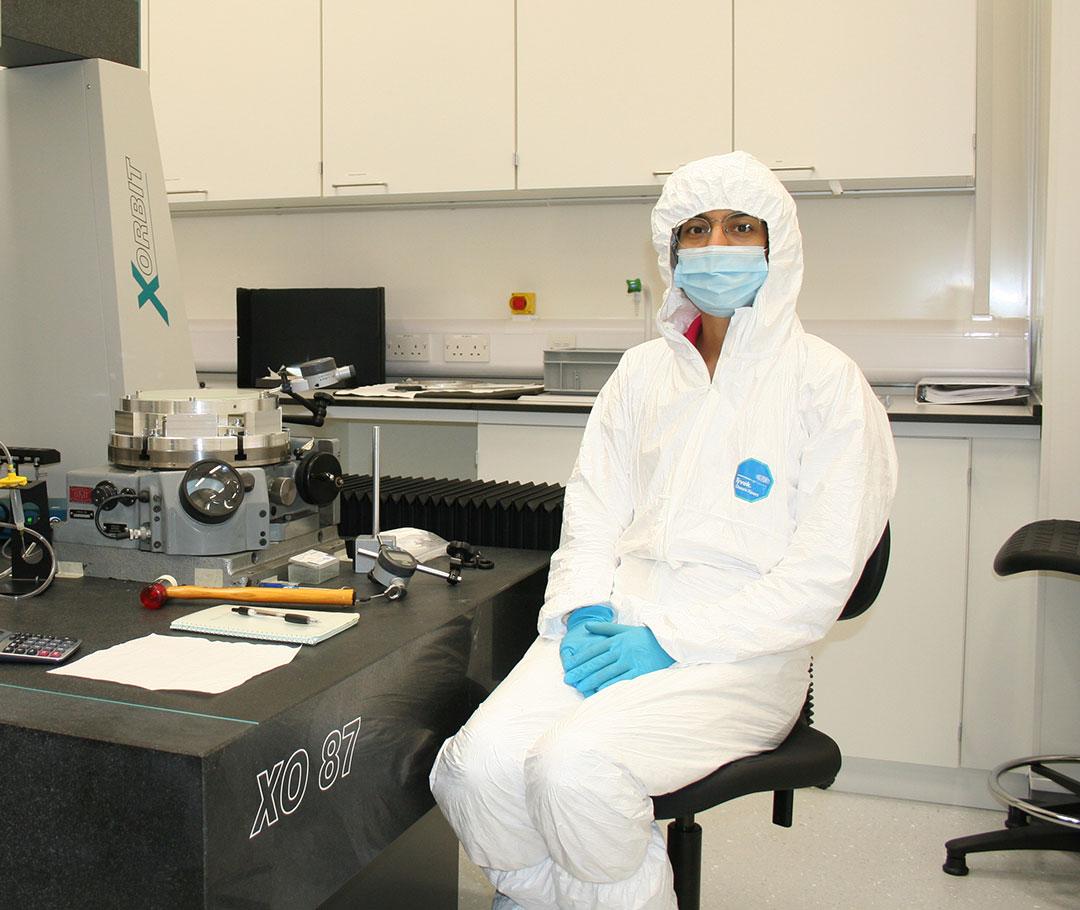The Astrophysics sub-department at Oxford is one of the largest astrophysics groups in the country, with a strong and diverse research portfolio. In particular, we are internationally recognised for our observational and theoretical work on cosmology, galaxy evolution, compact objects, astrophysical fluids and exoplanets. We furthermore develop world leading radio, sub-mm, optical and IR instrumentation, providing new phase space that is ripe for scientific exploitation. We have invested in major international projects, which will deliver unprecedented datasets in the coming decade, including the European Extremely Large Telescope (ELT), the Square Kilometre Array (SKA), and the Vera Rubin Observatory Legacy Survey of Space and Time (LSST). We are also home to Zooniverse, the world’s largest citizen science platform. We work closely with our colleagues in the Rudolf Peierls Centre for Theoretical Physics and Atmospheric, Oceanic and Planetary Physics.
Cosmology
We host world-leading research in both theoretical and observational cosmology at Oxford. Theoretical cosmology, housed in the Beecroft Institute of Particle Astrophysics and Cosmology, focuses on dark energy, dark matter and general relativity as well as high resolution simulations of structure formation. On the observational front, Oxford is at the forefront of survey science with prominent leadership in the next generation of surveys: the Vera Rubin Observatory (dark sector), Euclid (weak lensing), Simons Observatory (CMB). We play a leading role in C-BASS, and played an important part of the Planck team. We also lead the VISTA/VIDEO Survey and play a leading role in the KiDS weak lensing survey.
Galaxy evolution
Our research programme on galaxy formation and evolution spans their structure and history, from the local Milky Way to the highest redshift galaxies. Galactic dynamics underpins much of our work, understanding the dynamical processes that have led to those distributions, particularly in our own galaxy, with emphasis on the distribution of baryonic and dark matter in galaxies, and in determining the masses of nuclear black holes. Our strategy is to exploit a combination of new data with dynamical and stellar population modelling to probe the assembly history of galaxies, using large galaxy surveys (MaNGA, SAMI and WEAVE) for galaxies up to redshift 2, multi-wavelength optical-infrared-radio imaging surveys up to redshift 4, and the James Webb Space Telescope (JWST) for higher redshifts. We have guaranteed access to JWST’s near-infrared multi-object spectrograph NIRSpec (including its IFS capability), which will reveal the nascent stages of galaxies as they first form stars and black holes in their dark haloes.
Pulsars, transients and relativistic astrophysics
Rapidly varying astrophysical sources such as pulsars, accreting black holes, supernovae and — most recently — neutron-star-merger events, are the prime laboratories at our disposal to study physical processes, and to test general relativity in the strong field regime. Deepening our understanding of strong-field gravity and other fundamental physics via pulsars is a key science goal of the Square Kilometre Array (SKA). We are at the forefront of all of the latest advances in transient science, including observations of the electromagnetic counterpart of the first neutron-star-merger event, GW170817, and radio detections of the first gamma-ray bursts detected with ground-based Cherenkov detectors. The Oxford pulsar group co-leads the design and development of the SKA instrumentation needed to deliver pulsar science, and has central involvement in the science exploitation of SKA pathfinder instruments such as LOFAR and MeerKAT. Global Jet Watch is a unique programme run by us to monitor stellar-mass accreting black holes in our Galaxy. The theory of the time evolution of relativistic accretion discs has been developed at Oxford and, in collaboration with the transient group, applied successfully to observations of tidal disruption events. Our outstanding plasma astrophysics programme makes state-of-the-art calculations which elucidate the dynamics of weakly collisional gas flows. This work is critical for understanding black hole accretion as well as the behaviour of the hot intracluster medium in clusters of galaxies.
Exoplanets
Exoplanets is one of the most rapidly developing fields of astrophysics and Oxford is one of the largest exoplanet research hubs in Europe. On the observational front, this work includes advanced statistical and machine-learning methods and precision radial-velocity measurements for exoplanet detection, and detailed atmospheric characterisation via innovative high resolution spectroscopy and high contrast imaging techniques. This in turn complements our instrumentation development of HARMONI and EPICS for the ELT. We are also leaders in advanced retrieval techniques for extracting atmospheric structure and composition from astronomical observations. Simulations have covered the range of planets from uninhabitable terrestrial planets such as lava planets, through habitable-zone terrestrial planets, and up through sub-Neptunes and hot and ultra-hot Jupiters and brown dwarfs. Pioneering work on long-term atmospheric evolution and habitability has been done at the interface of astrophysical, atmospheric and geochemistry disciplines.
Instrumentation
The astrophysics instrumentation group is leading the design and development of key components of two global flagship ground-based astronomy projects: the ELT and the SKA. HARMONI will be the visible and near-infrared integral field spectrograph for the ELT, one of only two instruments that will be deployed at first light. We are now approaching the construction phase for the SKA, and are likely to be leading several work packages in this phase. Oxford also led the development of the innovative C-BASS project. In addition, in 2020 we completed the construction of the WEAVE spectrograph, which will be the main workhorse for the WHT for the next five years. The Astrophysics sub-department has also
developed expertise in the implementation of superconducting receiver technology for the direct detection of THz (sub-mm wavelength) radiation.
Contact
Professor Pedro Ferreira
Denys Wilkinson Building
Keble Road
Oxford
OX1 3RH
UK
+44 (0) 1865 613973




